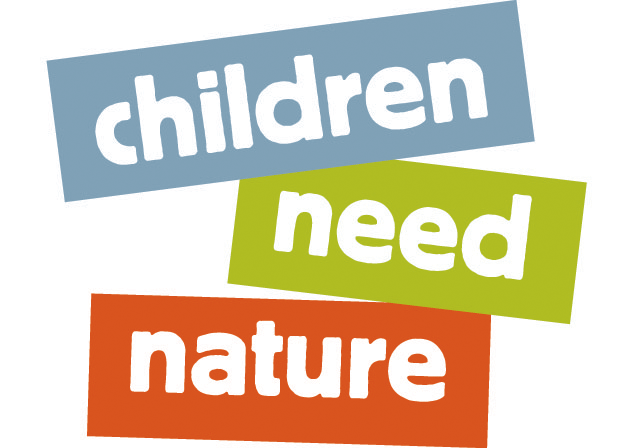 By Rebecca Dhondt, Sassafras Classroom Lead Teacher
By Rebecca Dhondt, Sassafras Classroom Lead Teacher
Children Need Nature is a monthly blog column from our Nature Preschool program. Read more posts here.
This time of year tends to be full of excitement and energy. With so much baking, decorating, and visiting going on there are many stories that Nature Preschoolers are eager to share. Children naturally begin to compare notes, trying to understand what is happening in their own homes and wondering about the ways others might celebrate teachers in the Sassafras room heard exclamations such as: “I have a Christmas tree too!”, “What is an Elf on the Shelf?” and “How do you play dreidel?”
An early way to help introduce children to cultural inclusion is to build on this natural interest in holidays. This year the Sassafras class has spent time exploring Hanukkah, Christmas, Winter Solstice, and Kwanzaa. We have welcomed visitors, read books, played games, sung songs, cooked traditional treats, and had many lively discussions. The children love learning new things, finding similarities and differences. After learning about the seven concepts of Kwanzaa one of the preschoolers said: “We don’t celebrate Kwanzaa, but we still care about all those things!” Continue reading

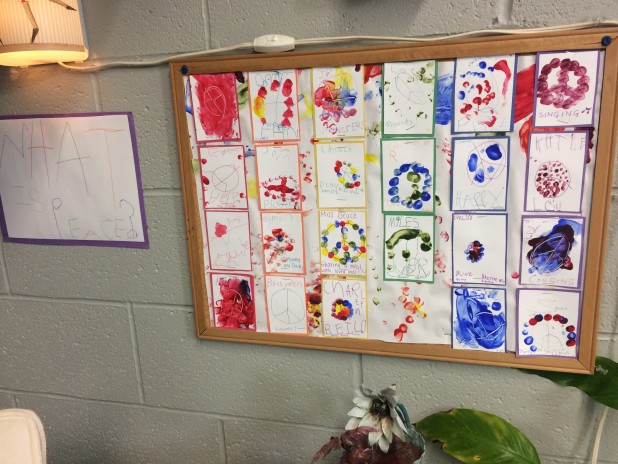


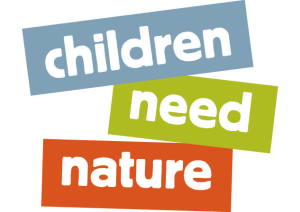
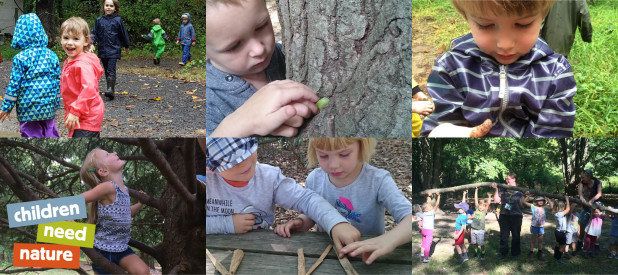
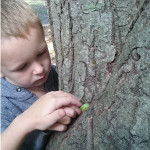
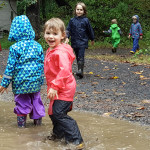
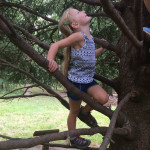
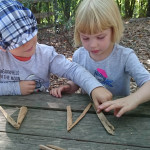
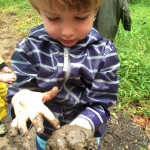
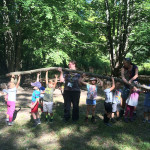
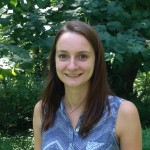
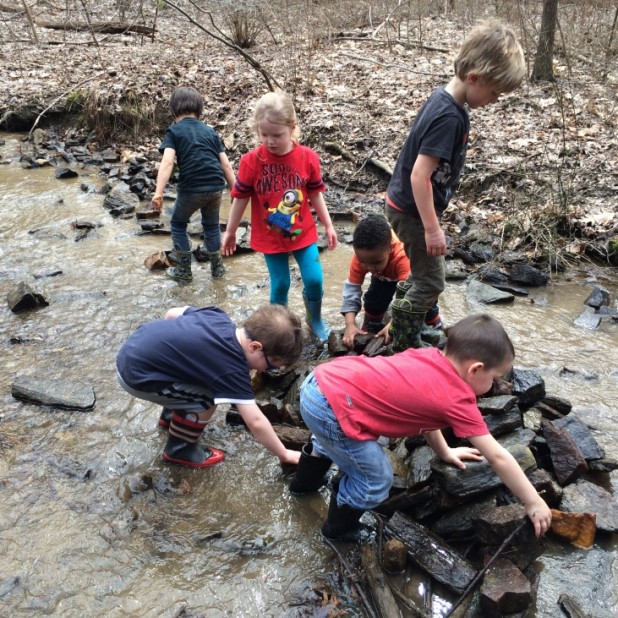






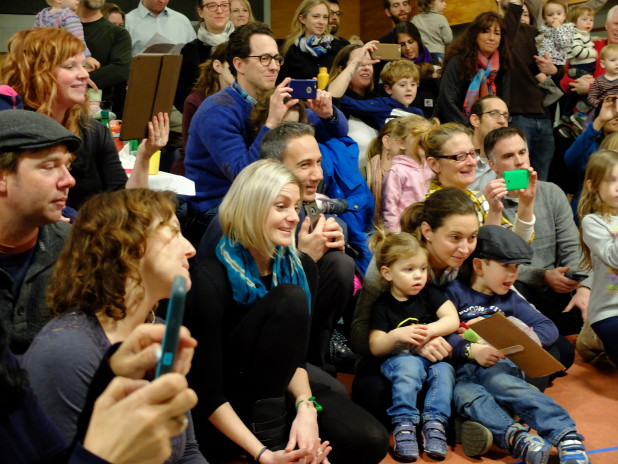
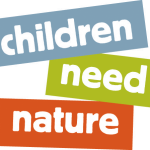
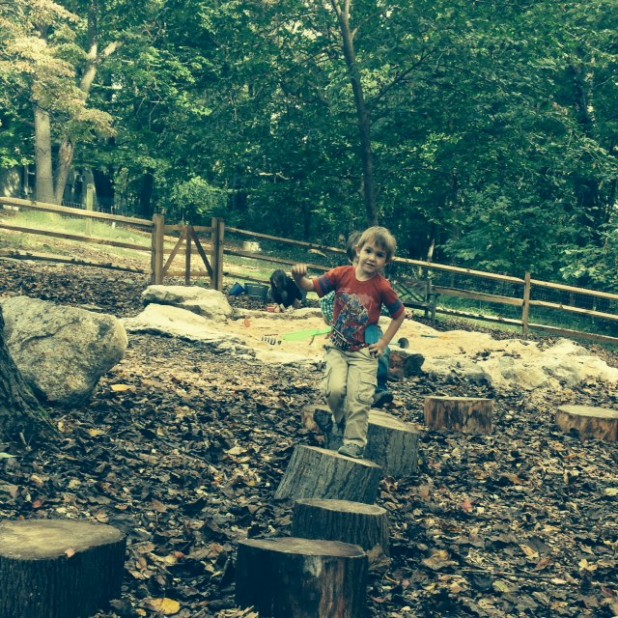
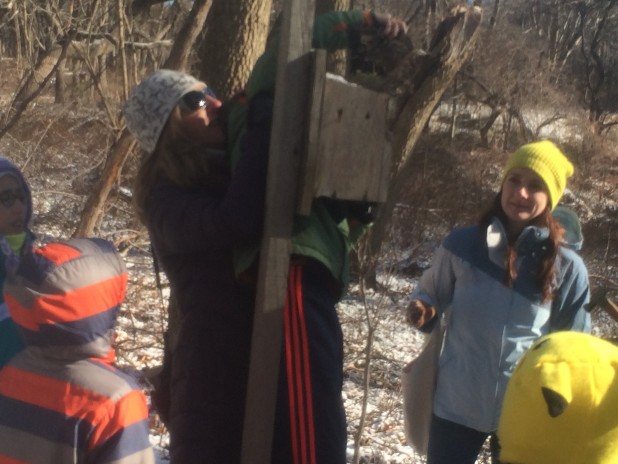
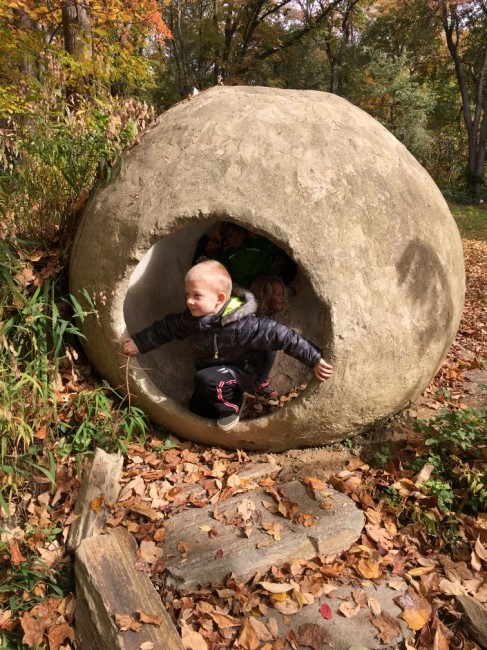
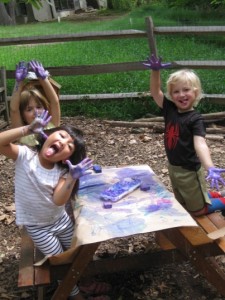
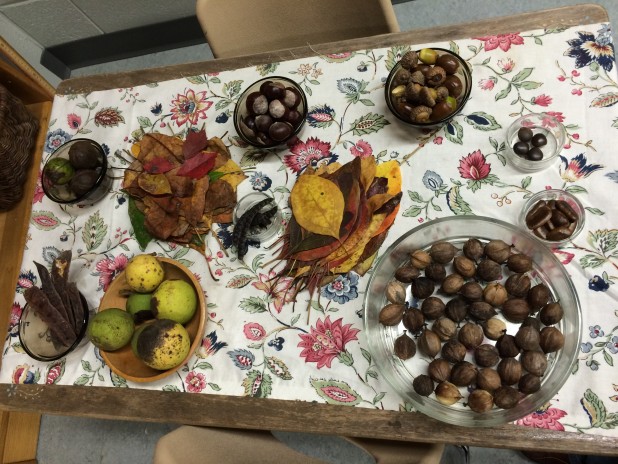
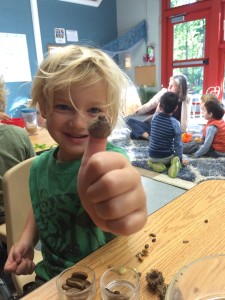 What happens at the start of each year defines the community of teachers and children as they embark on a journey to interact in the outdoor world. Each class is named for a native tree: Sycamores, Sweet Gums, Sassafras. As the children and teachers ventured out onto the trails, they began to notice the seeds covering the forest floor. Seeds are an engaging learning tool for young children as an open ended “loose part” that can be manipulated, peeled, squeezed, and more.
What happens at the start of each year defines the community of teachers and children as they embark on a journey to interact in the outdoor world. Each class is named for a native tree: Sycamores, Sweet Gums, Sassafras. As the children and teachers ventured out onto the trails, they began to notice the seeds covering the forest floor. Seeds are an engaging learning tool for young children as an open ended “loose part” that can be manipulated, peeled, squeezed, and more.